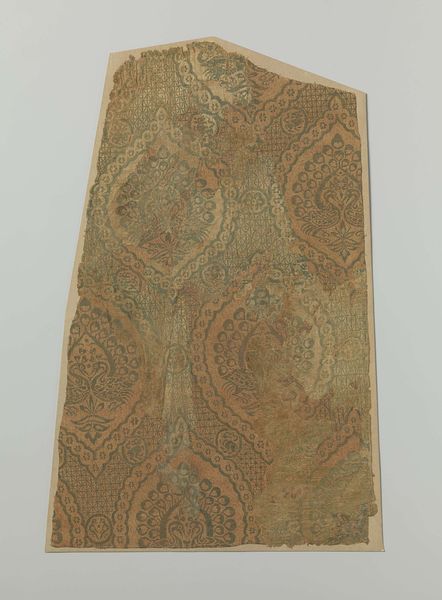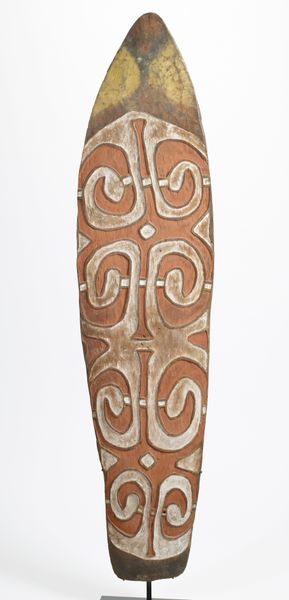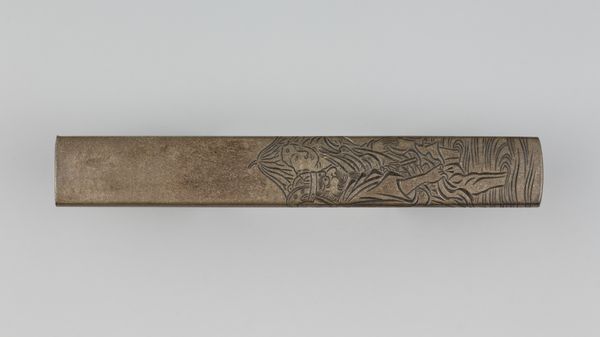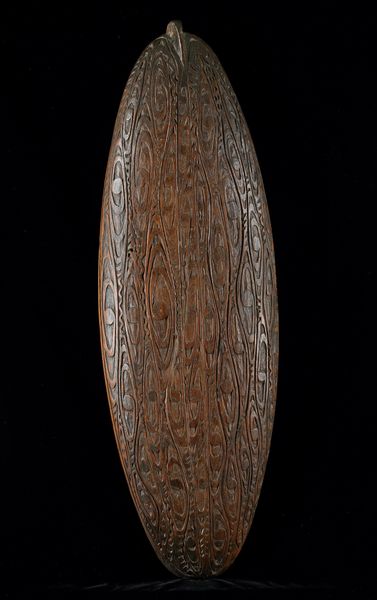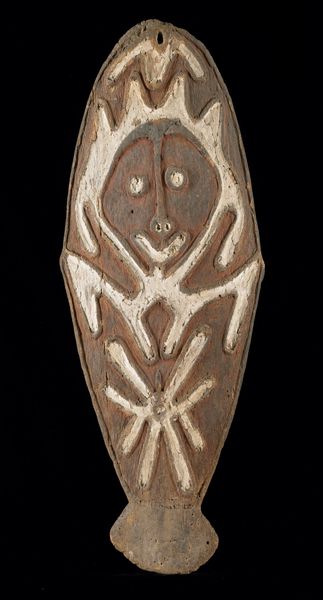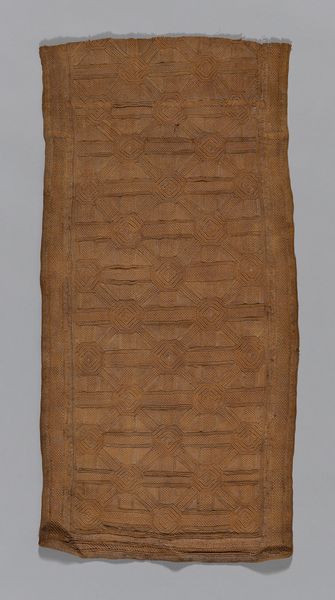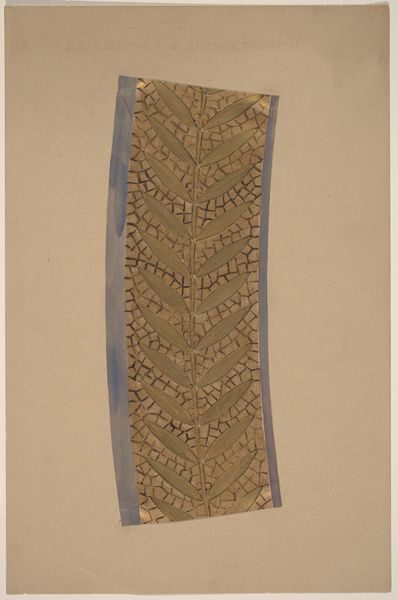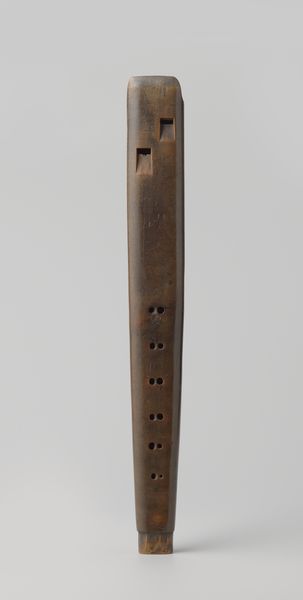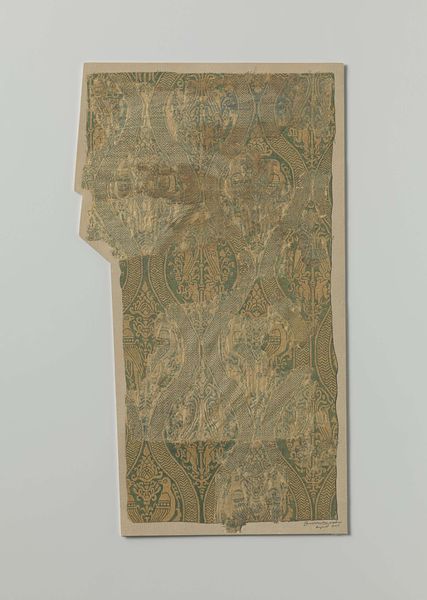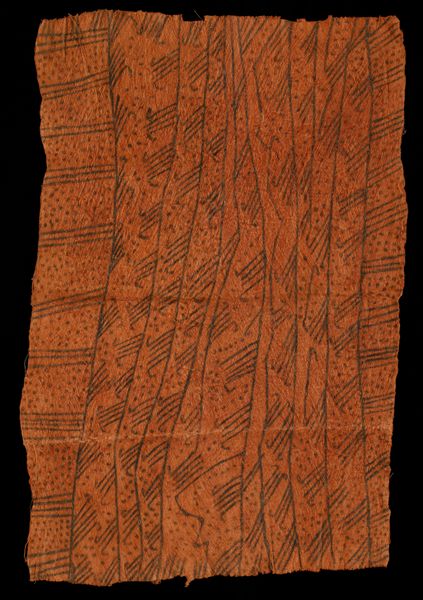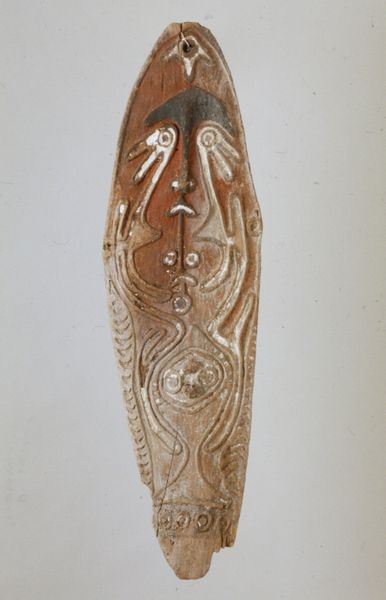
carving, sculpture, wood
#
carving
#
sculpture
#
figuration
#
sculpture
#
wood
Dimensions: 56 x 10 1/2 in. (142.24 x 26.67 cm)
Copyright: Public Domain
Editor: Here we have a Gope Board, dating from around the 20th century. It’s a wooden carving, currently at the Minneapolis Institute of Art. The board is long and narrow, and the carved details seem almost…serpentine. What can you tell me about this work? Curator: What strikes me immediately is the indigenous visual language employed here. While visually captivating, these boards are potent signifiers deeply embedded in cultural identity and historical narrative. Consider the communities from which these Gope boards originate, typically in Papua New Guinea. How do you think they were perceived in their society? Editor: Given how central the figure is, perhaps as representations of ancestors or spirits that watched over and guided the people? Curator: Exactly! Often seen as embodiments of clan ancestors, these figures play an integral role in ritual life, connecting the present to the past and influencing social structures. But it's also important to look at these objects through the lens of colonialism. Western fascination often strips such items of their true contexts, viewing them as mere aesthetic artifacts instead of potent cultural symbols with complex, ongoing histories. Does seeing it through this lens shift your initial impression? Editor: It certainly does. It’s easy to see the object's beauty and miss the depth of its significance, how its value is interwoven with social and political dynamics. It's a powerful reminder to look beyond the surface. Curator: Precisely. Engaging with art requires us to acknowledge the historical and cultural forces at play. What was initially a beautiful design opens into a broader dialogue about cultural preservation, identity, and the impacts of colonial perspectives.
Comments
No comments
Be the first to comment and join the conversation on the ultimate creative platform.
